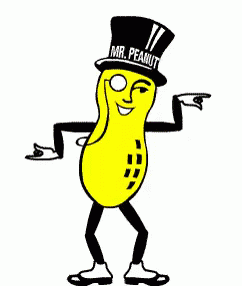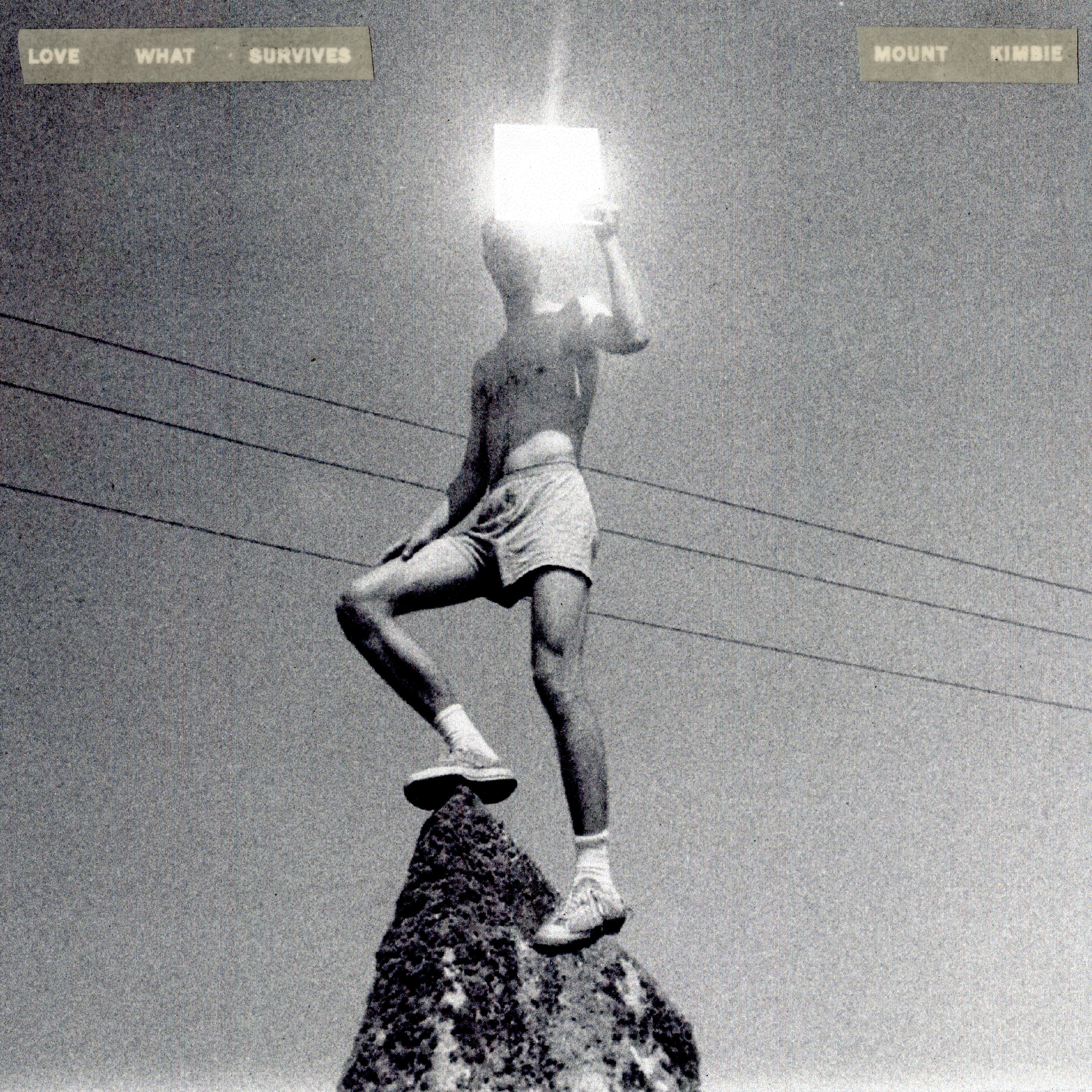‘Fiction helps us empathise. It gives hope that our children would not just stand by and watch, they would reach out and embrace.’ On the International Day of Persons with Disabilities, Tanu Shree Singh lists thirteen books to read.
Tanu is the author of Keep Calm and Mommy On, runs two libraries and administers two online reading groups. She also teaches and reads a lot.
Inclusion does not come easy. One trip to the boys’ school makes that clear. Children with special needs are mostly either ignored or stared at. The school tries to be inclusive and, as parents, we do too. But are the children treating their classmates equally? Mostly, no. If the child is too tall, too short, too fair, too dark, too fat or too thin–she is doomed. And if she is differently-abled, she is largely avoided. If at all she is noticed, she ends up being the favourite practical joke.
Education and mindfulness training is one part of the solution. Another means which is often effective is the right books–stories that include all sorts of children. I have seen the boys get more mindful of seemingly harmless issues like stammering. Most kids do not really think of it as something that might be holding a child back, just as something to be made fun of. The kids who read, however, may learn that everything matters–or at least stand a better chance to do so. They cry with the characters, feel what someone with different needs feels and subsequently (hopefully) apply that learning to real life. I shall try to list some such books that found their way to our hearts:
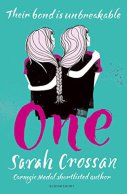 Sarah Crossan’s One
Sarah Crossan’s One
Grace and Tippi are conjoined twins. As they grow older they develop distinct personalities. Told from Grace’s perspective, One drives the point home that conjoined twins are two different people, regular teenagers only with added challenge of manoeuvring themselves around the simplest things that we take for granted. Sarah beautiful conveys the ubiquitous nature of issues faced by teenagers–special needs or not.
Reading Level: Early teens onwards
Menena Cottin’s The Black Book of Colours
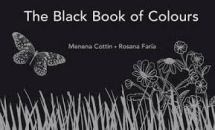 Thomas loves colours. But he cannot see them for he is blind. He feels them, tastes them, and listens to them. The Black Book of Colours is a journey with Thomas through his world where colours exist but not in the conventional manner of tone and shade.
Thomas loves colours. But he cannot see them for he is blind. He feels them, tastes them, and listens to them. The Black Book of Colours is a journey with Thomas through his world where colours exist but not in the conventional manner of tone and shade.
The world of the blind seems very daunting to us. And we invariably assume that all visually challenged people do is struggle to keep up with the highly visual around them. We forget that they experience joy in the same things as us–the only difference being the dimension of the experience. The Black Book forces to acknowledge that dimension.
Reading Level: Fantastic for all ages; perfect for younger kids to begin the discussion on special needs
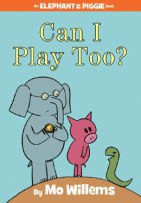 Mo Willems’s Can I Play Too?
Mo Willems’s Can I Play Too?
Books that revolve around differently-abled characters need not be sob stories, as expected by some of us. Can I Play Too is a case in point. Elephant and Piggie set out to play ball when Snake approaches them. What follows is a hilarious yet persistent attempt to include snake. The story is funny on surface and a sensitive lesson underneath on inclusion and patience with friends with special needs.
Reading Level: Fantastic for all ages; perfect for younger kids to begin the discussion on special needs
Erin Jade Lange’s Dead Ends 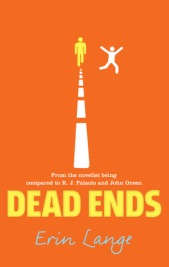
Dead Ends is an all time favourite. It starts with a bully’s foot on a victim’s throat. Dane is a bully, but according to him, he hits only when he feels that itch in his palms brought on by others who ‘have it coming’. But he doesn’t hit everyone. He has rules. Dane never hits girls and special-eds, or retards, as he refers to them initially. Billy D. fits the bill. He has Down’s Syndrome. However, just as Dane isn’t your typical hero, Billy is not your classic victim.
Both the boys are from different universes but have one thing in common–both of them do not have their fathers around. I loved this book for the believable characters, their subtle transformation along the way, and the effortless shattering of stereotypes: a bully who aces academics yet is unable to control his anger, a child with Down’s syndrome who successfully gets this bully to do his bidding, and a girl with two dads, who helps her mechanic father to save up for her own set of wheels.
Reading Level: Preteens onwards
 Zainab Sulaiman’s Simply Nanju
Zainab Sulaiman’s Simply Nanju
Simply Nanju is a breath of fresh air, though it deals with very difficult topics. Nanju goes to a school for children with special needs. Despite the setting, and the kids with their own individual struggles in daily life, this is a regular story where being differently-abled does not disrupt the narrative. These are regular kids. They make fun of each other, have the same set of anxieties and problems as any other school kid. Nanju has a spine problem owing to which he is unable to walk properly and suffers from incontinence. His best friend is Mahesh who is in a wheelchair. Nanju’s struggles form an effortless backdrop to a story with humour and mystery in equal doses.
Reading Level: Middle grade
Kathryn Erskine’s Mockingbird 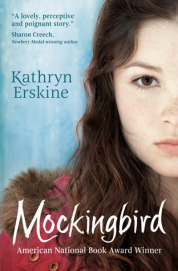
Caitlin Smith, the ten-year-old protagonist of the book has Asperger’s. And the book helped me get a different perspective of something we read in textbook, a more humane, relatable perspective, also important to me as a dear friend’s child has the same problem. This is about Caitlin’s journey after her brother is killed in a school shooting. It is about her inability to put herself in other people’s shoes, about her helping her father deal with grief and ultimately her attempt at grasping the idea of empathy. As the readers gets absorbed in her world, somewhere they too are learning to empathise with someone with Asperger’s.
Reading Level: Middle grade
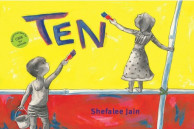 Shefalee Jain’s Ten
Shefalee Jain’s Ten
I love number books. No not the ones with just a number of things thrown together to teach the poor kid to count, but the ones with a story, with madness and sometimes a subtle attempt of inclusion. Ten is a book of few words, beautiful illustrations and a story of ten kids looking at something. One of the children is standing with crutches. With everyone else. He is a part of the bunch. Thus, this is important. The book provides ample opportunity to have conversations about each child’s story as we turn the pages.
Reading Level : Gurglers and up
Gennifer Choldenko’s Al Capone Does My Shirts (Tales from Alcatraz)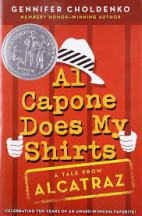
The year is 1935, and twelve-year-old Moose Flanagan has just moved to Alcatraz Island, the home to some of the most notorious criminals of the times. Apart from the stress of moving, that too in such close vicinity to hardened criminals, Moose has other problems too. His older sister is autistic and from where he can see, his mother’s only worry. Gennifer beautifully portrays the delicate relationship between the siblings as Moose attempts to fit in and deal with peer pressure. The focus on Moose, the family of a child with special needs presents the other side of the coin which is mostly ignored. Despite juggling quite a few issues, the book has enough funny moments to make a freshly minted middle grade reader turn its pages.
Reading Level: Middle grade
 Dr Alan Rabinowitz’s A Boy and a Jaguar
Dr Alan Rabinowitz’s A Boy and a Jaguar
This is a picture book memoir of a boy who felt broken because he stuttered. Alan Rabinowitz is responsible for the world’s first jaguar sanctuary, the Cockscomb Basin Jaguar Preserve in the mountains of Belize. This is Alan’s story of being labelled broken, of feeling helpless and of eventually finding his strength. Stutterers are often a butt of joke and most people do not really understand their struggles. A Boy and a Jaguar takes us through the pain of being alone, being different and being labelled. In Alan’s words, ‘All children at some point in their life go through periods of feeling misunderstood or shut off from the human world. Whether they have a real disability or just something inside themselves that’s not quite like everybody else. And I wanted this book to speak to all of those children because I don’t think adults realize, unless you’ve gone through it as a child, what a lasting mark such pain leaves on a young person.’
Reading Level: From an early reader to a grown-up
Nandhika Nambi’s Unbroken 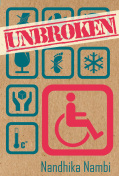
Akriti is not your lovable protagonist whom you secretly pray for. She is seething with anger, full of indifference and reeks of insensitivity. Being written in first person from Akriti’s point of view, it catches the readers by the throat and gives them little time to react or breathe. You can’t decide at the outset whether you want to root for her or whack the living daylights out of her. Unbroken is about Akriti’s life after she is wheelchair bound. Rarely does one get to read books about disability that do not stir feeling of pity or sympathy. Hence, Unbroken is more real than many books that we see. Akriti after all is a teenager and her problems are just compounded by the wheelchair. Her reactions are like any other teenager. Unbroken makes you see anger as a possible natural response. It talks of coming to terms with the unfairness of it all but the route to reconciliation is very different, very real.
Reading Level : Freshly minted teenagers and up
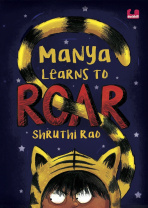 Shruthi Rao’s Manya Learns to Roar Manya Learns to Roar explores the regular anxieties and pressure at school. The only difference is that Manya stammers and is mercilessly teased about it. She auditions for the role of Shere Khan in the school play and the story traces her anxieties, her grit, other people’s doubt and faith in her. I loved this book because each character is identifiable–we have seen them in the corridors, we have felt Manya’s fears, her anger. Books like these should be an essential read for the early readers since that is when most reactions and thoughts start to crystalise.
Shruthi Rao’s Manya Learns to Roar Manya Learns to Roar explores the regular anxieties and pressure at school. The only difference is that Manya stammers and is mercilessly teased about it. She auditions for the role of Shere Khan in the school play and the story traces her anxieties, her grit, other people’s doubt and faith in her. I loved this book because each character is identifiable–we have seen them in the corridors, we have felt Manya’s fears, her anger. Books like these should be an essential read for the early readers since that is when most reactions and thoughts start to crystalise.
Reading Level: Early chapter book readers
Sheila Dhir’s Why Are You Afraid to Hold My Hand? 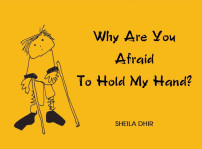
Ths book is in the form of a dialogue between a differently-abled child with the rest of society. The dialogues address the simplest of the questions that come to our mind that we chose to either ignore or answer with preconceived, ill thought out notions. This one is an essential read for an early readers since this is the time when their focus starts to shift outside and they start noticing children who are different from themselves. Before they can assume answers, it is essential that we present them with the right questions.
Reading level: Early years
 Ranjit Lal’s The Dugong and the Barracudas
Ranjit Lal’s The Dugong and the Barracudas
A dugong is a sea cow, peaceful, slow and obviously threatened. Barracudas are ferocious, look menacing and are predators. When Sushmita enters the Rugged Rocks High School, the principal of the school wonders, “Putting that lovely child amongst our kids? It’s like putting a dugong into a tank of barracudas.” Sushmita is thirteen and is differently abled. The book is about her bullies and it is about her struggle to just be. Ranjit Lal deals with issues like bullying, special needs and teenage with his signature effortless humour.
Reading Level: Middle grade
These are just a few of the many more books on characters that reflect the lives we often choose to turn a blind eye to. We pretend that they do not exist in the same dimension as we do. It is like being in a parallel world. We notice the child struggling to manoeuvre his wheelchair. But we choose to not see. Or prematurely assume that he needs help. And hence, it is even more important that we read. Fiction helps where textbooks fail. We can learn of symptoms, argue over causes and treatment plans but we can never memorise the formula for empathy. Fiction helps us empathise. It gives hope that our children would not just stand by and watch, they would reach out and embrace.
Advertisements Share this:
